In a world where rest is increasingly treated as a luxury, designers and technologists are stepping in with solutions that do more than comfort—they reimagine and optimize the way we sleep. These projects offer portable, adaptable ways to catch quality rest wherever life takes you, proving that with thoughtful design, sleep doesn’t have to wait until you’re home.
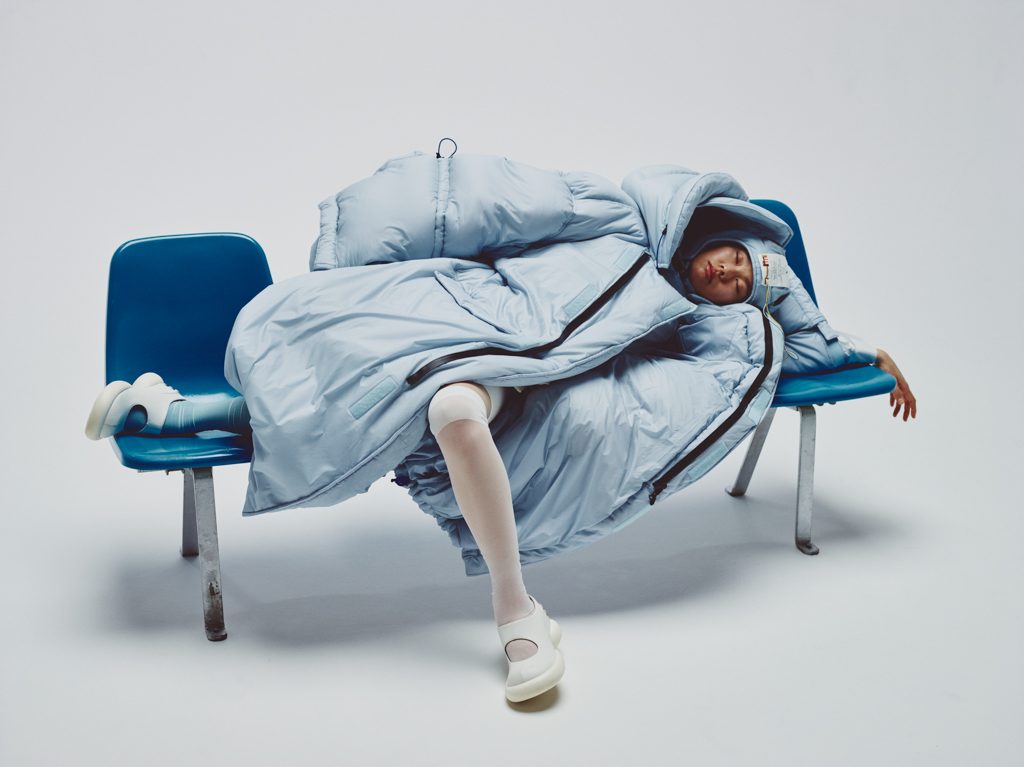
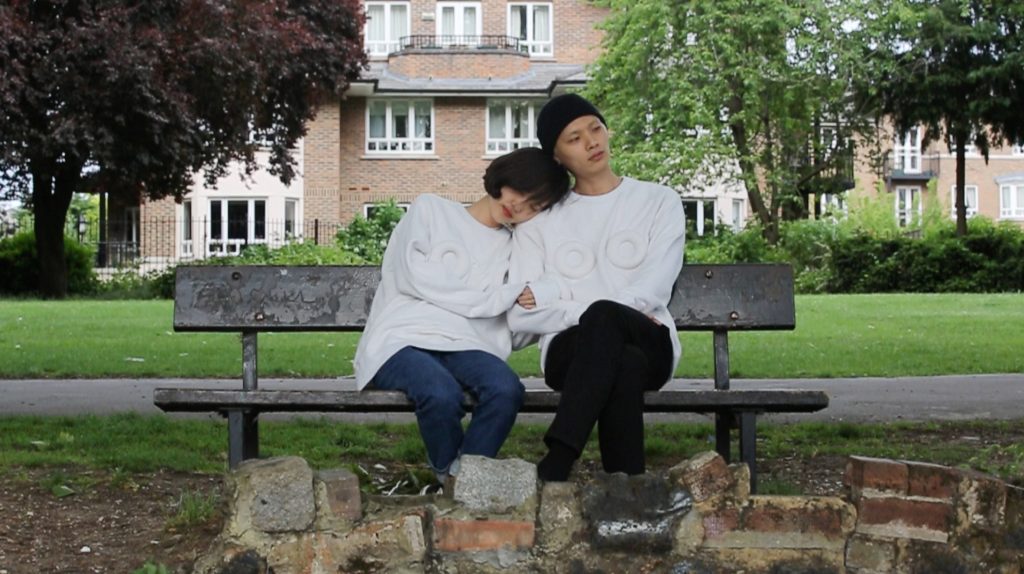
Happy Napping by Jisue Park
Sometimes, the best design solutions come from the most everyday observations. For Kingston University graduate Jisue Park, a product and furniture designer, it was the sleepy shuffle of commuters on London’s public transport that sparked the idea for Happy Napping—a whimsical yet practical three-piece collection of nap-enhancing wearables designed to soften the harsh realities of on-the-go rest.
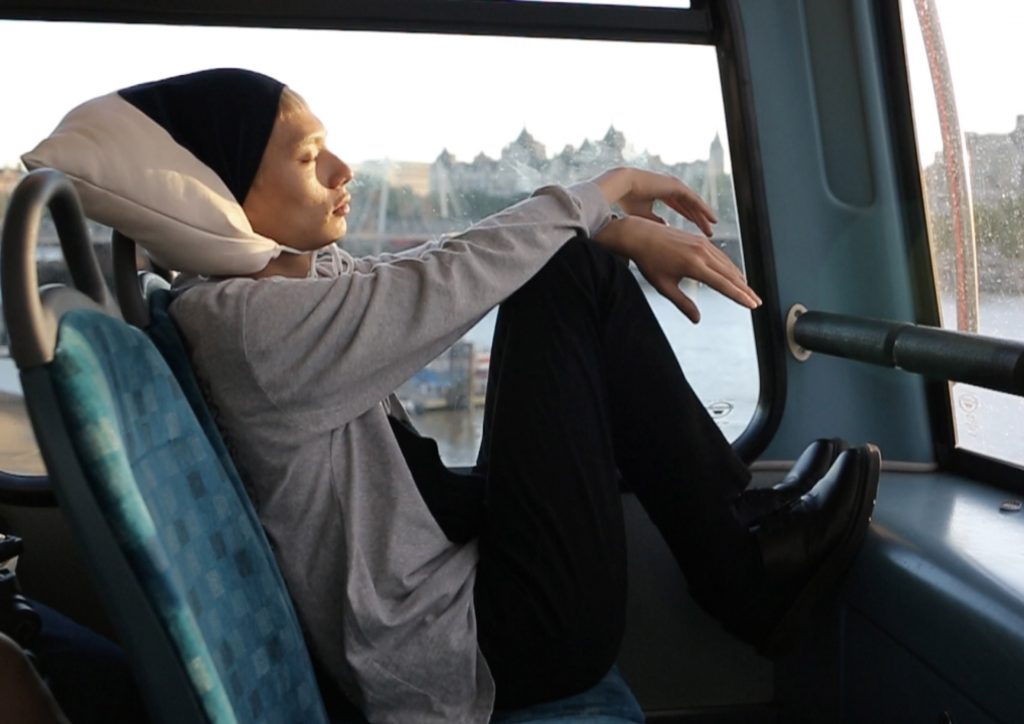
Happy Napping by Jisue Park
Park’s project, which formed part of her final-year work, reimagines commuter comfort with a humorous twist. The collection includes the Doughnut Jumper, Inflatable Scarf, and Pillow Hat—each designed to make impromptu naps easier, more comfortable, and a little less awkward. With playful forms and squishy, comforting materials, Park turns public napping into a lifestyle category of its own.
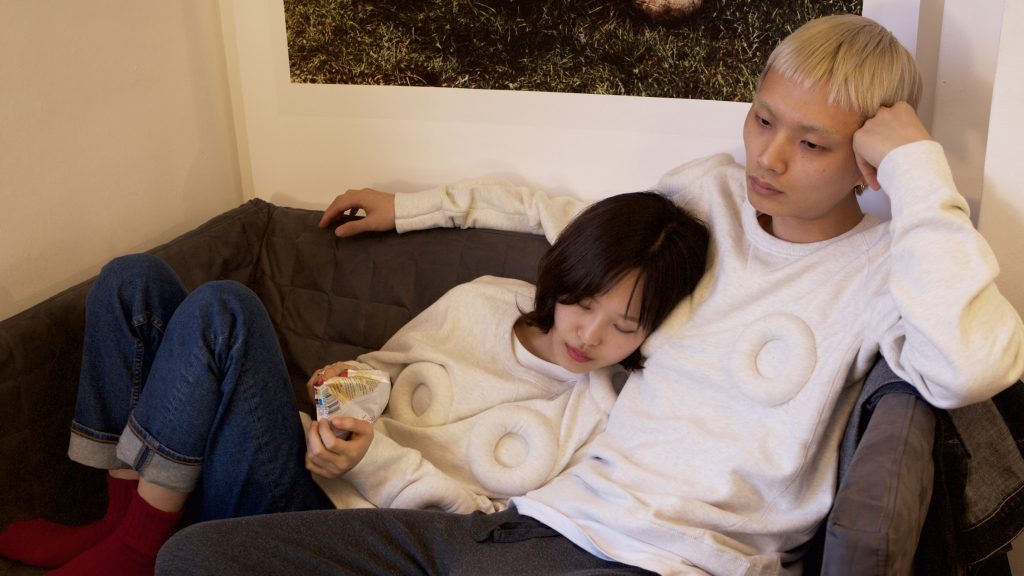
Happy Napping by Jisue Park
The Doughnut Jumper features two plush, circular cushions on the chest, cleverly positioned to allow couples or friends to nap against each other’s shoulders without discomfort. The Inflatable Scarf doubles as a travel neck pillow that can be blown up and flipped over the head for privacy and support, while the Pillow Hat, a padded reimagining of the classic beanie, ensures that resting your head against a train window doesn’t result in an aching neck.
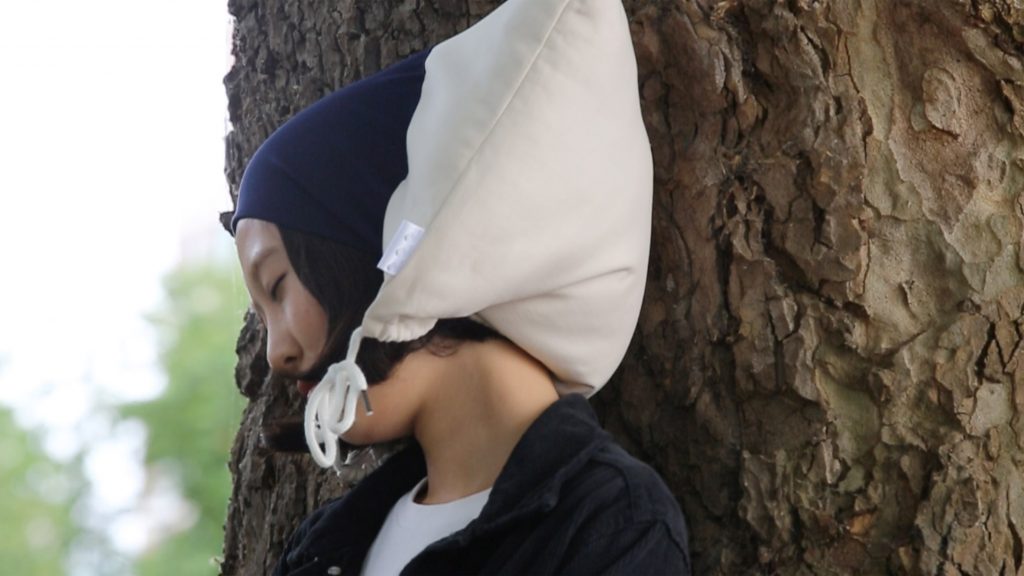
Happy Napping by Jisue Park
Underpinning the light-hearted tone of Happy Napping is a thoughtful design methodology rooted in close observation. Park’s approach centers on small rituals—like where people naturally lean when they’re tired—and refines them into practical enhancements. “Everyone had their own pattern,” she says, “leaning on a window during a bus journey or a power nap at a work desk.” Her work doesn’t just respond to these habits—it gently nudges them toward more restful outcomes.
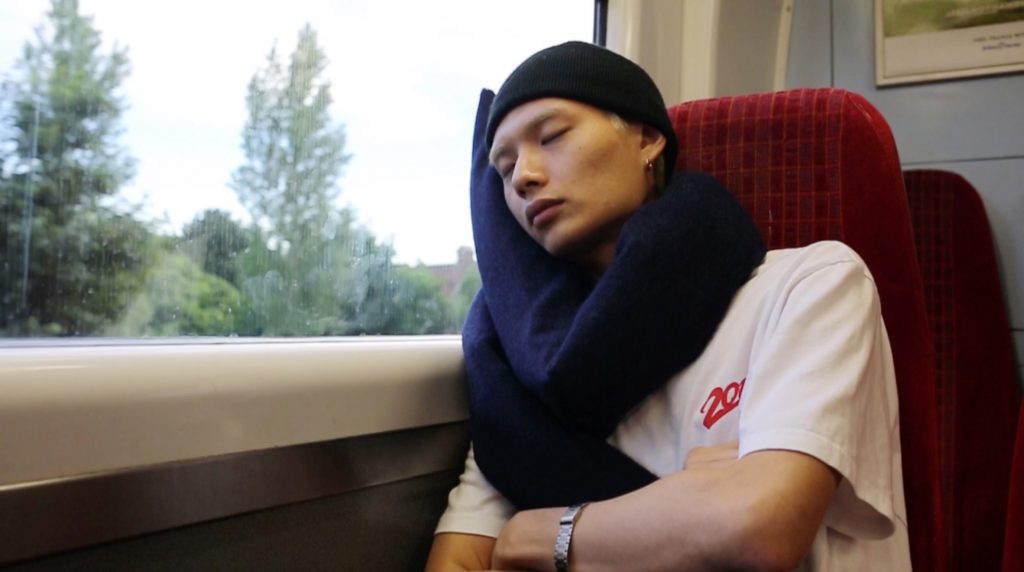
Happy Napping by Jisue Park
Beyond its immediate appeal to tired commuters and travel enthusiasts, Happy Napping also makes a quiet case for accessible, human-centered design. Park’s emphasis on personal comfort, modularity, and the emotional side of objects is a refreshing contrast to the tech-heavy direction often seen in sleep gear. It’s proof that sometimes, the simplest materials—and the most common human needs—can inspire the most relatable design.
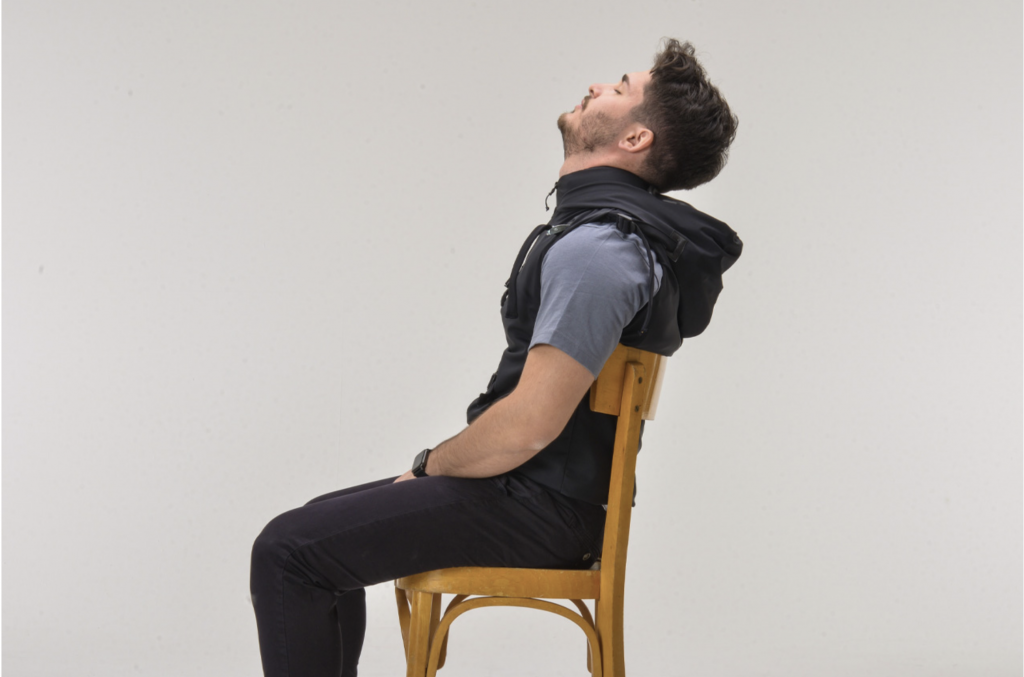
Napow by Loris Dadda
Loris Dadda’s Napow jacket is designed to address the modern challenge of sleep deprivation, offering a comfortable and supportive environment for naps during travel. Recognizing that sleep is often a luxury in today’s fast-paced society, Napow aims to isolate users from light and provide sturdy head and neck support, ensuring optimal rest.
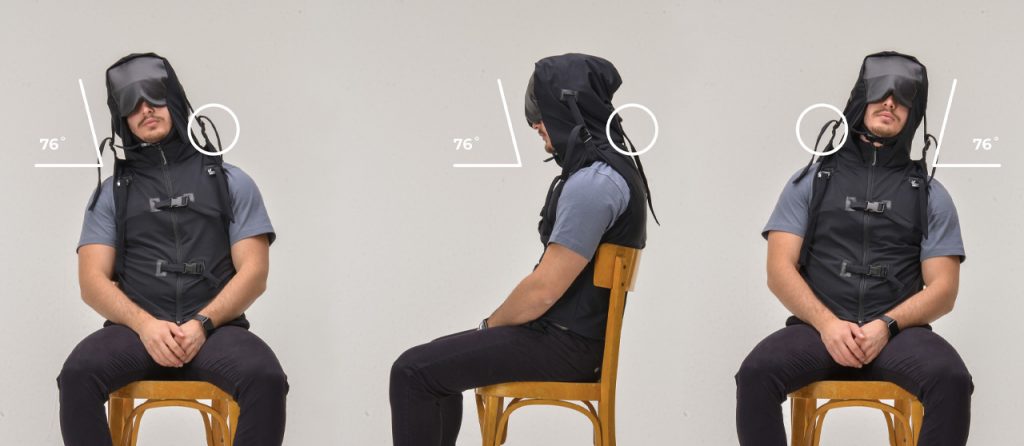
Napow by Loris Dadda
The jacket directly tackles the shortcomings of impromptu naps, which often occur in settings like commutes and airport terminals. These fleeting rests can leave individuals feeling stiff and uncomfortable. By providing a dedicated space for rest, Napow aims to improve the quality of these essential breaks.
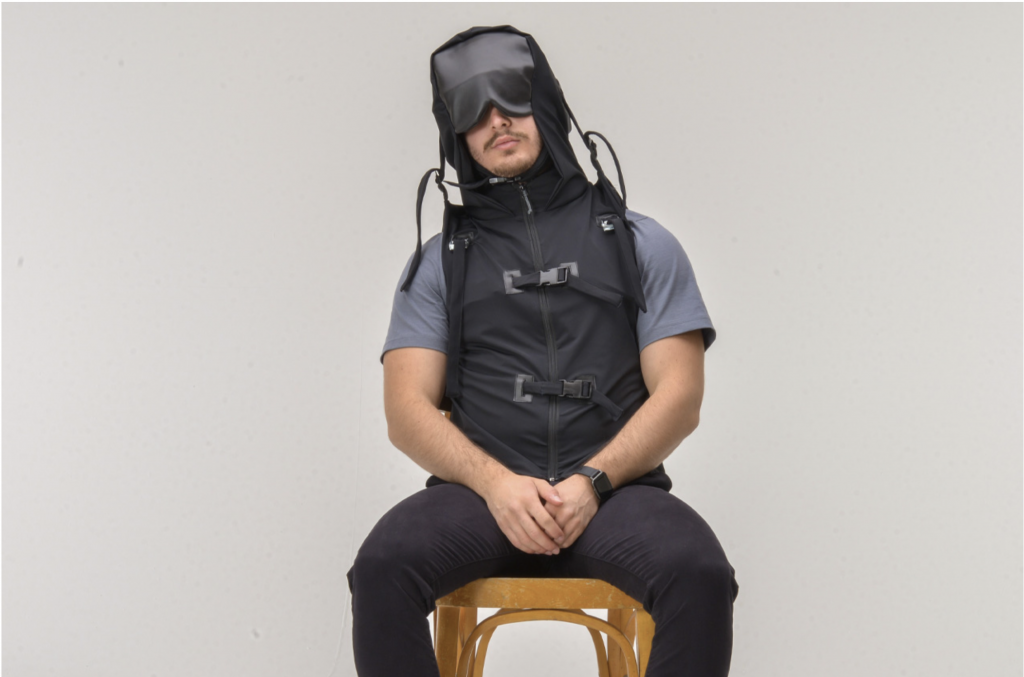
Napow by Loris Dadda
Napow represents a practical solution to a growing problem, providing a means to prioritize rest in the face of a demanding world. The design highlights the need for innovative solutions that address the physical and mental well-being challenges stemming from sleep deprivation.
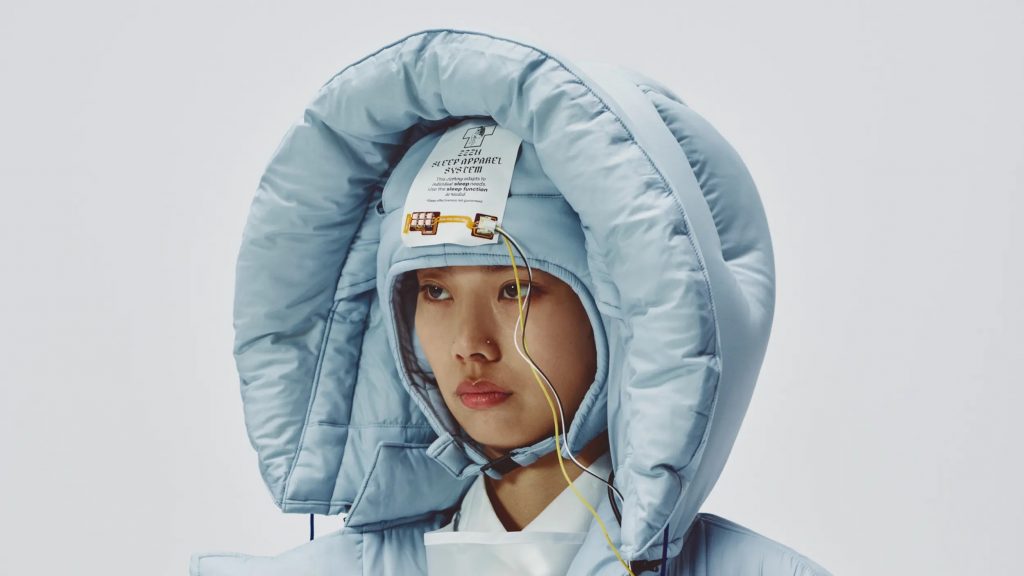
ZZZN Sleep Apparel System by Konel (also header image)
Japanese creative studio Konel has unveiled a groundbreaking concept: the ZZZN Sleep Apparel System, a wearable sleep solution that merges biometric tracking with ambient design. Developed in collaboration with data specialists NTT DX Partner and tech firm Soxai, the project addresses a pressing issue in Japan—declining sleep quality—by turning power naps into a design-led solution.
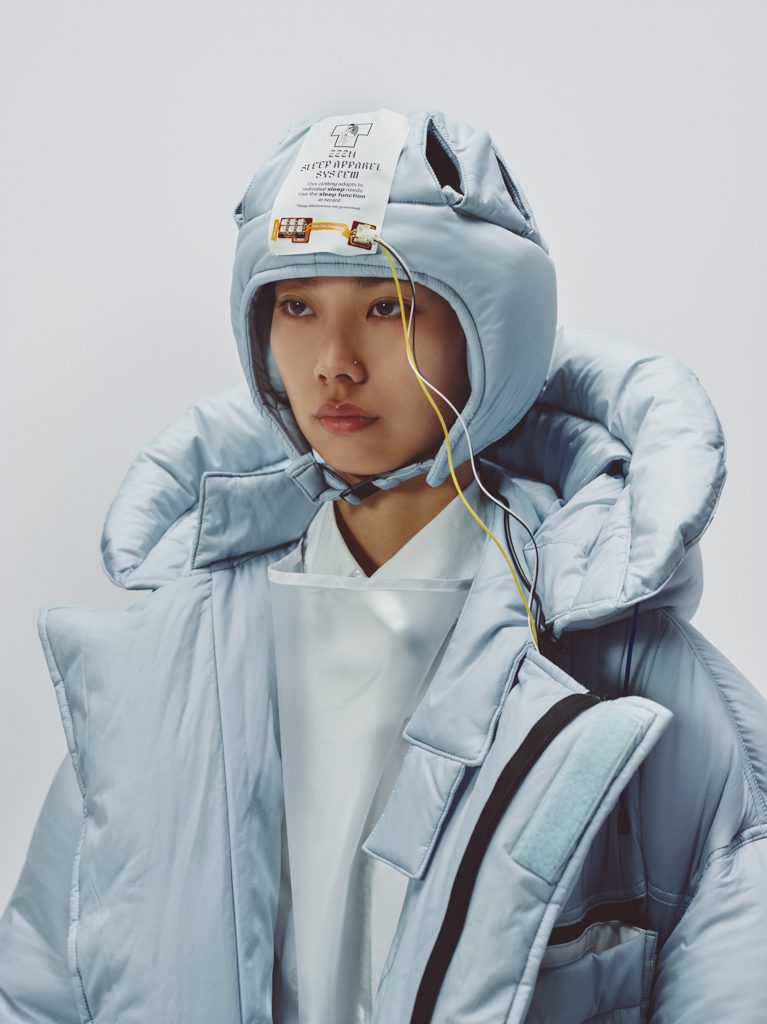
ZZZN Sleep Apparel System by Konel
Rooted in Japanese culture and inspired by the traditional yogi (a kimono-like sleep garment), ZZZN reimagines loungewear with cutting-edge technology. At its core, the system uses real-time biometric feedback—heart rate, stress levels, sleep patterns—collected via smart rings like Soxai’s Ring 1. This data feeds into embedded sound and lighting systems in the garment, creating a personalized environment designed to induce restful sleep and gently wake the wearer at the optimal time.
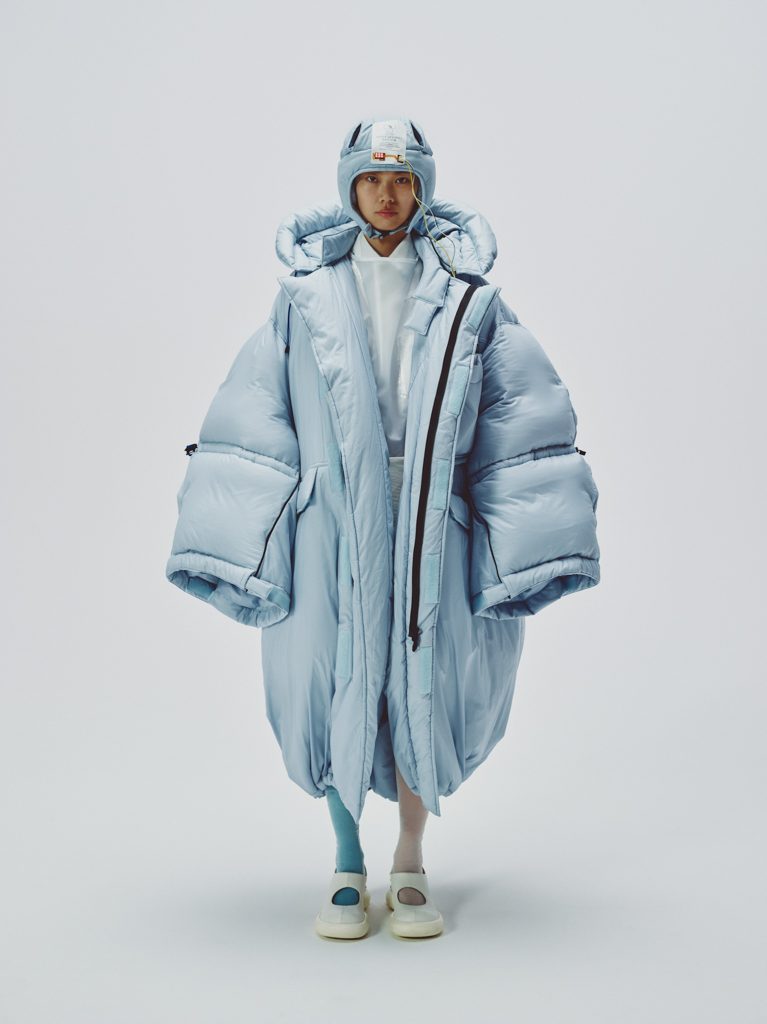
ZZZN Sleep Apparel System by Konel
Design details are carefully considered for both function and form. The garment features modular construction with adjustable drawcords and a detachable hood equipped with an internal air pack for neck support. Customizable elements like cuffs and hems adapt to environmental conditions, while built-in headphones deliver stress-responsive music through noise-cancelling technology. When it’s time to sleep, warm red light mimics sunset; upon waking, a soft blue hue and upbeat tones ease the user back into wakefulness.
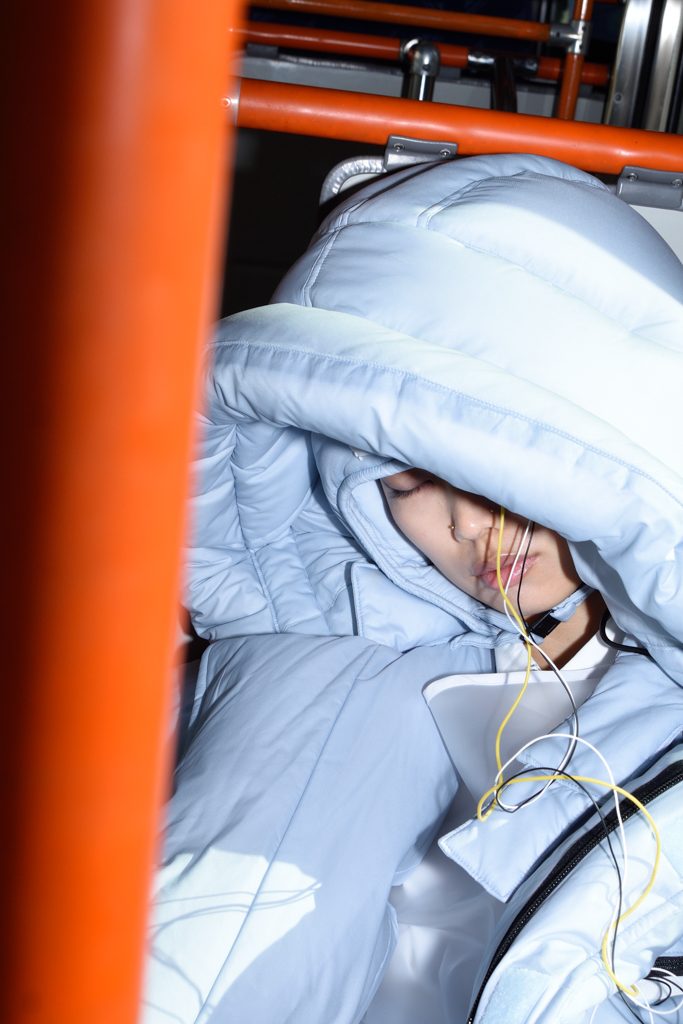
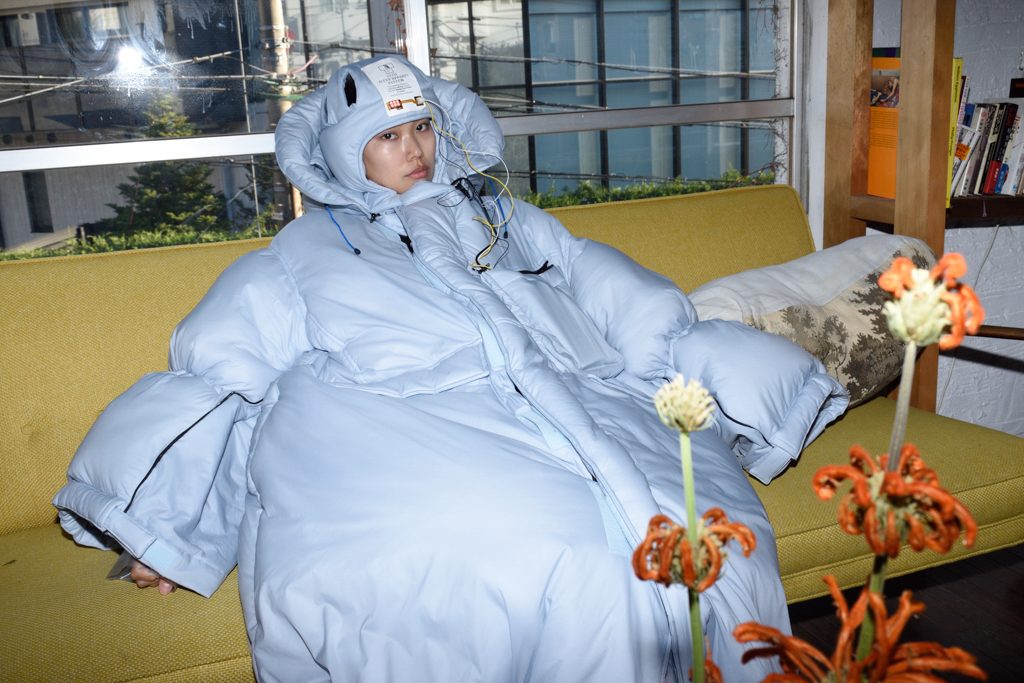
ZZZN Sleep Apparel System by Konel
But ZZZN is more than a tech-forward nap suit—it’s part of a national initiative led by Japan’s Ministry of Economy, Trade and Industry to explore real-world applications of Personal Health Record (PHR) data. In this context, Konel’s concept addresses broader social challenges, from burnout to Japan’s ageing population, offering a glimpse into how smart textiles and wellness-focused design could converge in the sleepwear of tomorrow. Currently at the concept stage, Konel is actively seeking development partners to bring the ZZZN system to market.